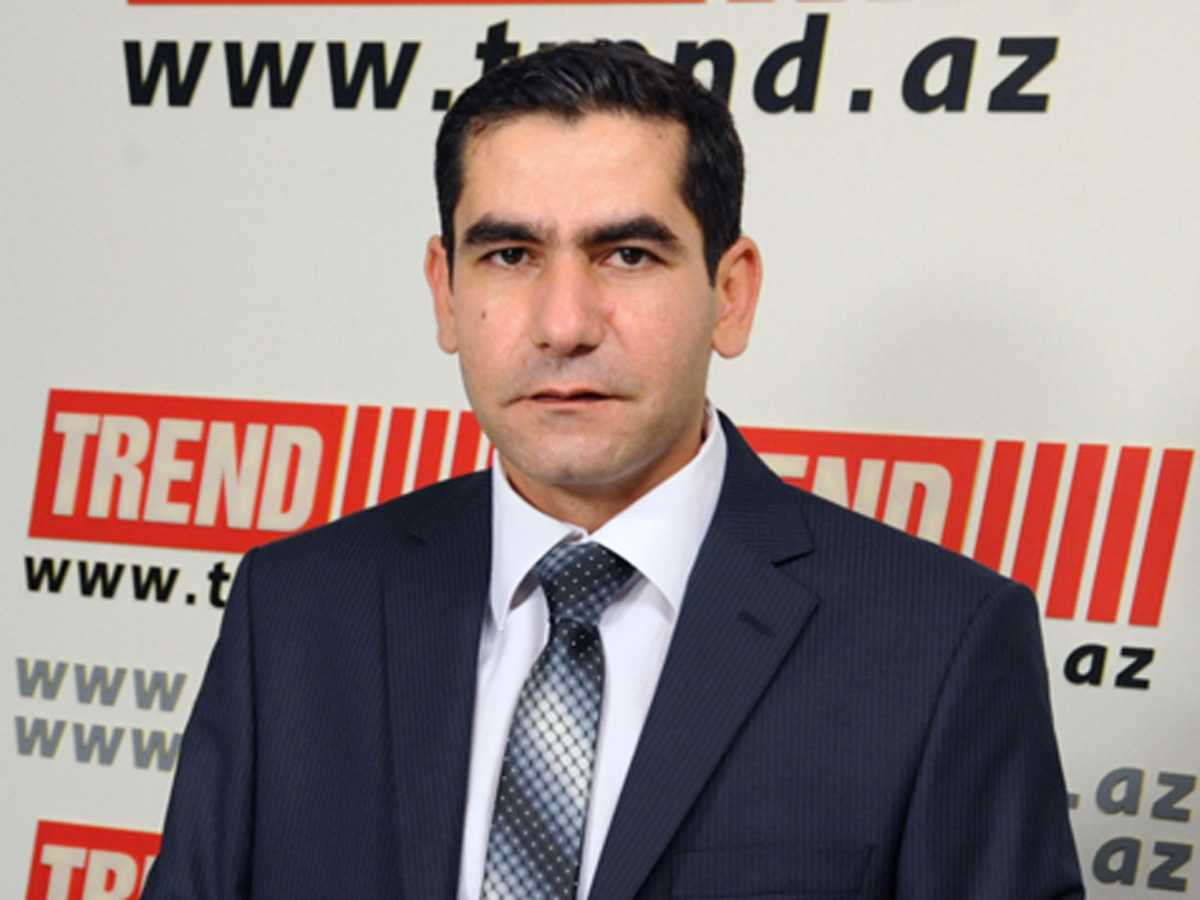Baku, Azerbaijan, Sept. 14
By Dalga Khatinoglu- Trend:
Despite a relative increase in petrochemical products export since 2013, the figures are expected to decrease both in volume and value during the current year.
According to a report, released by Shana on Sep.14, Iran is expected to export 17.5 million metric tons (MT) of petrochemical products during the current fiscal year, which will end on March 20, 2016.
Before The imposition of sanctions, Iran was exporting 21.226 MT of petrochemical exports, but the figure decreased to 14.492 MT in a fiscal year to March 2013. However, Iran and P 5+1 (the US, UK, France, Russia, China + Germany) reached an interim nuclear deal in November 2013, which led to elimination of petrochemical-related sanctions on Iran. Iran's petrochemicals export reached 18.8 MT in the last fiscal year, ended on March 20, 2015, increasing by 28.35 percent in volume and 31.79 percent in value year-to-year.
|
Petrochemicals production (MT) |
Petrochemical export (MT) |
Petrochemical export ($ Billion) |
|
|
2011 |
42.7 |
21.226 |
15.042 |
|
2012 |
41 |
12.492 |
10.097 |
|
2013 |
40 |
14.647 |
10.806 |
|
2014 |
44 |
18.8 |
14.241 |
|
2015 |
50.1 |
17.5 |
11 |
Iran's petrochemical production capacity is about 60 MT annually, while the figure would reach 62.6 MT. Therefore, the huge gap between production capacity and actual output remains unchanged.
The main reason is remaining key sanctions over Iran, especially money transactions thorough SWIF, insurance and banking sanctions, have pushed Iran's petrochemicals export down.
The second problem is remaining feedstock shortage in Iran. Iran still faces gas shortage in winter and ethane supplying to petrochemical complexes. Iranian petrochemical plants uses 37 million cubic meters of natural gas per day, while Iran could deliver only 2.8 MT of ethane to plants during last year totally. The country planned to increase this volume to 4.2 MT in current fiscal year.
The other problem is the glut in some key petrochemical products in international markets, for instance, the Asian price of a key petrochemical material, propylene, slipped in early August. The East Asian spot price of the main feedstock for polypropylene stood at around $880 a ton, down 16 percent on July 30 compared to May.
Edited by CN
Dalga Khatinoglu is an expert on Iran's energy sector, head of Trend Agency's Iran news service. Follow him on @dalgakhatinoglu






